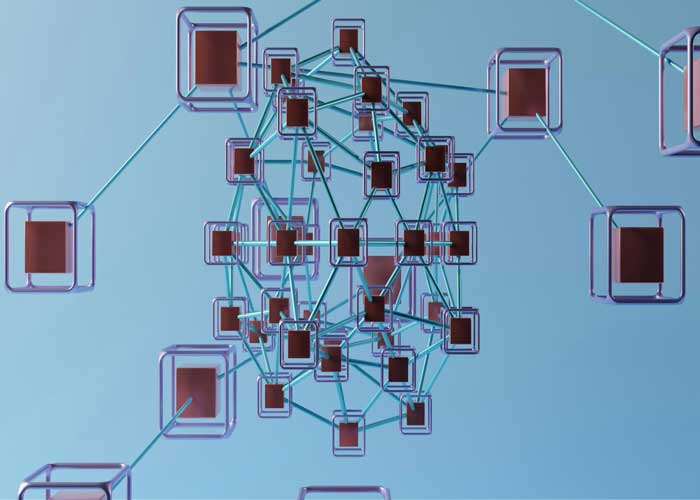Continuous insight. Continuous improvement.
For organizations working towards ISO 27001 or preparing for the NIS2 Directive, it’s not enough to run a vulnerability scan once a quarter.
Cyber risks evolve every day — and so should your visibility.
Daily vulnerability scanning provides the evidence, awareness, and control that auditors and regulators increasingly expect.
How daily scanning supports compliance
- Continuous risk awareness
New vulnerabilities appear daily. Frequent scanning keeps your risk register current and supports ongoing risk treatment.
- Ongoing control verification
Daily checks confirm that technical and organizational controls remain effective — not just at audit time.
- Reduced exposure time
By spotting weaknesses early, you minimize attack opportunities and align with “state-of-the-art” security practices.
- Proof of continuous improvement
Each scan feeds measurable data into the Plan-Do-Check-Act cycle that defines ISO 27001’s management approach.
- Audit and compliance readiness
Regular reports form a clear audit trail of monitoring and remediation, proving active compliance efforts.
- Supply chain risk management
Scanning connected systems helps identify inherited risks from suppliers and service providers.
- Early incident prevention
Daily detection reduces the likelihood of incidents and supports faster response.
- Informed risk treatment
Findings guide patching priorities and acceptance decisions within your ISMS or risk management plan.
- Demonstrated due diligence
Frequent scanning shows regulators, customers, and partners that your organization maintains proactive cyber hygiene.
ISO 27001 and NIS2 Alignment
| Objective | ISO 27001:2022 Reference | NIS2 Reference |
|---|---|---|
| Continuous risk identification and assessment | Clauses 6.1, 8.2 | Art. 21 (2) |
| Technical control validation | Annex A 12.6.1, A.14.2.8 | Art. 21 (2a) |
| Reduced vulnerability exposure | – | Art. 21 (2) |
| Continuous improvement (PDCA) | Clause 10.2 | Art. 21 (1) |
| Evidence for audits and performance evaluation | Clause 9.1 | Art. 21 (3) |
| Supplier and third-party risk management | Annex A 5.20 | Art. 21 (2d) |
| Early detection and incident prevention | Annex A 16.1 | Art. 23 |
| Input for risk treatment and remediation | Clause 6.1.3 | Art. 21 (2b) |
| Demonstration of due diligence and accountability | Clause 5.3 | Art. 20 & 21 |
In short
Daily vulnerability scanning turns compliance from a periodic audit exercise into a living security practice.
It provides the visibility and evidence needed to prove that your organization is in control — every single day.



